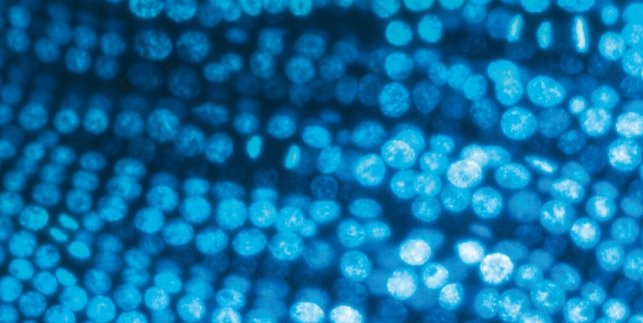
Genesis & Genealogy
Research topic
This project examines the conditions that determine natural and artificial forms. In geometrical and structural appearance, forms are the effect of a variety of processes. Two paradigmatic options mark the extremes between which the genesis and mutation of form move: the constructive perspective encompasses the geometrical, physical-chemical, and material constraints of the growth of form, whereas the historical perspective provides a genealogical context consisting of precursors, tradition, and reproduction.
Analyzing the genesis of form enables us to predict the emergence of new forms, including the conservation of form (formal constancy) and innovation (mutation and the generation of new structures). The question of genesis and genealogy should describe in a comparative perspective how individual objects acquired their form (constructively and genealogically) by examining both the formation of artifacts (design and art) and the ontogenesis of organisms. Instead of focusing on a finished object, we will conceptualize the genesis of form as a process or sequence of forms. These processes may be immediate observable, but in many cases they will require reconstruction. This is true for objects of biology as well as the objects of art history.
The design process is iterative with input from each model generation and evaluation; however, it also constantly absorbs outside impulses that may necessitate further rounds of revision. Such impulses include the results of acceptance, practice, or stability testing, as well as constraints imposed by manufacturing methods and the properties of materials. The iterative formulation of every detail produces highly differentiated results, which ulti-mately may bear a formal resemblance to biomorphic structures. Such forms, which are the results of evolutionary design processes, have to be distinguished from the products of purely formal mimicry.
Objectives
Beyond a mere metaphorical transfer of biological processes to architecture, applied arts, and design, the project aims to converge constructive and genealogical processes to understand how artificial and natural forms are conditioned. Additionally it experimentally fructifies a broadened understanding of the natural growth of form for design processes. The project focuses on the emergence and mutation of structures in time and space, whether in historical reconstruction, experimental modification, or the creative generation of form for applications.
Execution
- Presenting a joint introductory seminar on interdisciplinary methodology and the genesis and genealogy of form in nature, culture, and design, targeted to students of all participating disciplines.
- Comparative embryology in crustaceans: observing cell division patterns in crabs with a view to morphogenesis, pattern differentiation, and the transformation of structures in ontogenesis and evolution. This entails a detailed analysis using several microscopic and imaging procedures, as well as an experimental modification of the developmental sequences.
- Modeling and quantifying cell division patterns.
- Describing and analyzing vegetal decorative and constructive forms and their mutation in furniture and everyday objects in three historical cross-sections: the Gothic period, Art Nouveau, and “green design.”
- Reconstructing individual drafting and design processes on the basis of sketch-books as an approach to the question of form, in close collaboration with the project »Projecting & Producing«.
- Examining object design, retrospectively and iterative-empirically regarding the differentiation of form during the design of artifacts and prospectively regarding the development of models for ecologically sustainable everyday objects, in a collaboration between biology, art, and design history.
Securing the results
The project will result in (interdisciplinary) scholarly publications. The results will form part of the data repository on the interrelations between structure and function (see projects Shaping Knowledge and others). As part of the »Third International Congress on Invertebrate Morphology« to be held at HU in 2014, the projects Genesis & Genealogy and Attention & Form will collaborate on an interdisciplinary workshop regarding issues of morphology. They will also produce an exhibition on »Form and Structures in Nature and Design« in collaboration with the Museum of Applied Arts. The project »Attention & Form« will contribute a section “Nature as Art” to this exhibition.

